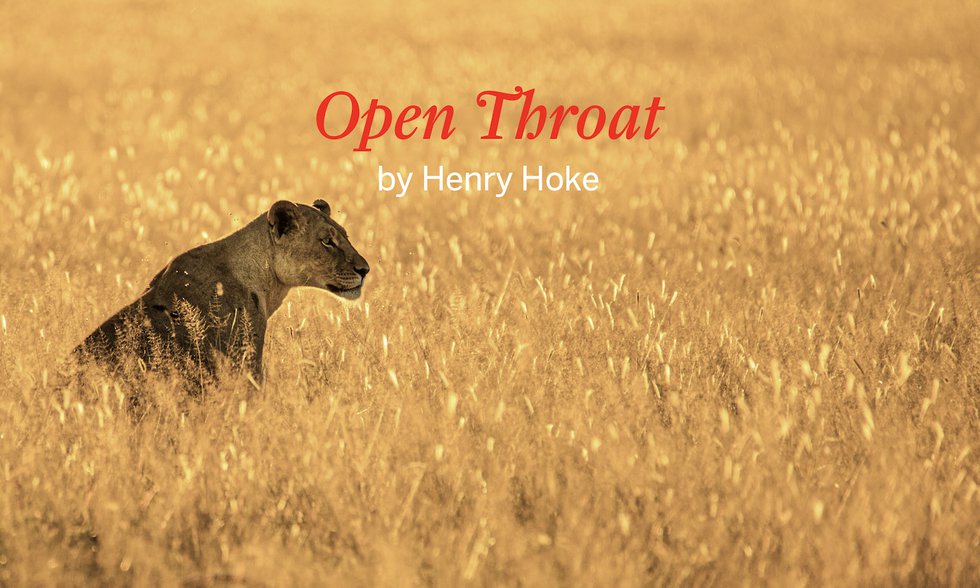Celebrating the legacy of a house with a 300-year history and one famous resident.

Calvary at Scotchtown
Calvary reenactment at Scotchtown.
The goats were a problem, Richmond Times-Dispatch columnist Charles McDowell Jr. wrote in 1958. Scotchtown smelled of them. Over the years, Patrick Henry’s home in upper Hanover County had harbored a wide variety of residents, some of whom occupied the house in curious circumstances. “The most recent in the long line of tenants since Patrick Henry,” McDowell wrote, “have been two old men with beards, a prophet and a vegetarian, and a half-dozen goats, the property of the prophet.” It was, he said, “one of the oldest, most interesting, and most thoroughly rundown manor houses in the United States.”

Patrick Henry
Imacon Color Scanner
Patrick Henry by George Bagby Matthews.
Nevertheless, Scotchtown’s auction in June 1958 attracted wide interest and a variety of people with somewhat vague ambitions to walk away with the place and put it to use. One buyer stood out, however: Norine Campbell. She lived nearby and had the resources of the Association for the Preservation of Virginia Antiquities (now Preservation Virginia) behind her.
Campbell prevailed that rainy June day, buying Scotchtown, along with 99 acres, for $37,000. It was going to cost the APVA, Campbell told the Times-Dispatch, another “$40,000 to restore [Scotchtown] as a national shrine.”
And that was the goal, nothing less: Own it. Preserve it. Enshrine it. But, it’s fair to ask, why? What claim on our interest may Scotchtown make today?
Well, it’s an elegant property, no question, and original. Surrounded by its outbuildings, Scotchtown may have been the largest single-story dwelling built during Virginia’s colonial period, so it can be enjoyed for its architectural value alone. Built around 1719 and modestly amended in the 1820s, it faced the consequences of neglect by the 1930s. The detailed restoration, completed by 1962, was meticulously undertaken with the same techniques and standards as those employed for the restoration of Colonial Williamsburg (and by many of the same people, too).
But the person who once lived there is the key. Already a renowned personality of the era, celebrated for his legal and oratorical powers, Patrick Henry bought Scotchtown in 1771 and owned it until 1778. Seldom have seven years of one man’s life meant more to an entire nation’s history. From Scotchtown, Henry mounted his horse in early 1775 and set off to St. John’s Church in Richmond. There, he would join the Second Virginia Convention and herald the American Revolution:
“Gentlemen may cry peace, peace, but there is no peace. The war is actually begun! … Is life so dear or peace so sweet, as to be purchased at the price of chains and slavery? Forbid it, Almighty God. I know not what course others may take; but as for me, give me liberty or give me death!”
Henry cut to the quick that day, both inciting revolution and guaranteeing his own place in history. But earlier in the speech, he also delivered the anthem of Virginia’s history habit. “I have but one lamp by which my feet are guided,” Henry said, “and that is the lamp of experience. I know of no way of judging of the future but by the past.”
And that, perhaps, explains the fascination with Henry’s home. The past matters. And if you can knock on the door and walk right in, even better.
There’s a black and white photo by Dementi Studios—I have a copy in my hallway—that pictures a group of 20 or so gentlemen in 18th century attire, tricorn hats included, patiently waiting in line. The caption reads, “Patrick Henry Pageant at St. John’s Church – 1927.” I love that picture, not only for the charming eccentricity it reveals, but also for what it says about the inclinations of Virginians.
I grew up with those inclinations in Amherst—or, at least, for the amount of time spent joyously with my grandparents. Their house was a museum, a place of artifacts, some of which were dumped off in the days after Appomattox. The sense was that you wanted history around you. You wanted the memories of the people, and you also wanted the physical residue—the homes, churches, and public buildings. At a minimum, you wanted to understand and honor your antecedents.
Generally, there are now more Virginia residents born outside the state than within, and, in fact, Norine Campbell originally hailed from South Carolina, her grandson, Hanover District Court Judge Hugh S. Campbell, tells me. But she married into Virginia, the bride of an RF&P conductor, and she clearly found inspiration here. “Our young people must carry on,” she said in a 1965 speech to the Kecoughtan Branch of the APVA. “They should not lose contact with the past, but study our history and be ever mindful of what our forebearers did to gain our freedom and not take today’s way of life for granted.”
And that is precisely what is planned for Scotchtown’s 300th Anniversary Festival, coming this fall (check Preservation Virginia’s website for dates). The event will include artisans, hearth cooking, colonial craft demonstrations, genealogy presentations, and much more—all part of the ongoing effort to convey Virginia’s past to the legions of newcomers and, as Norine Campbell put it, “not take today’s way of life for granted.”
It’s a worthwhile goal, and Preservation
Virginia is up to the task. Sixty-two years ago, despite the goats, it saved Scotchtown. PreservationVirginia.org








